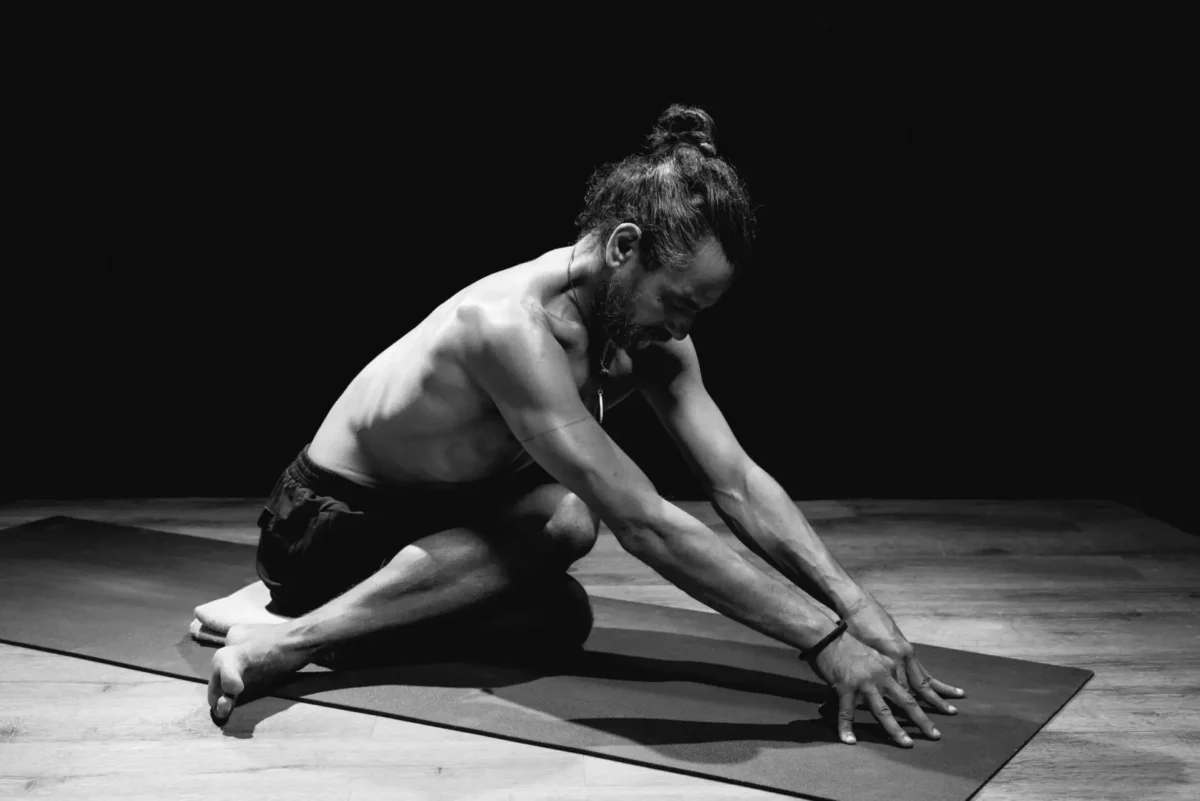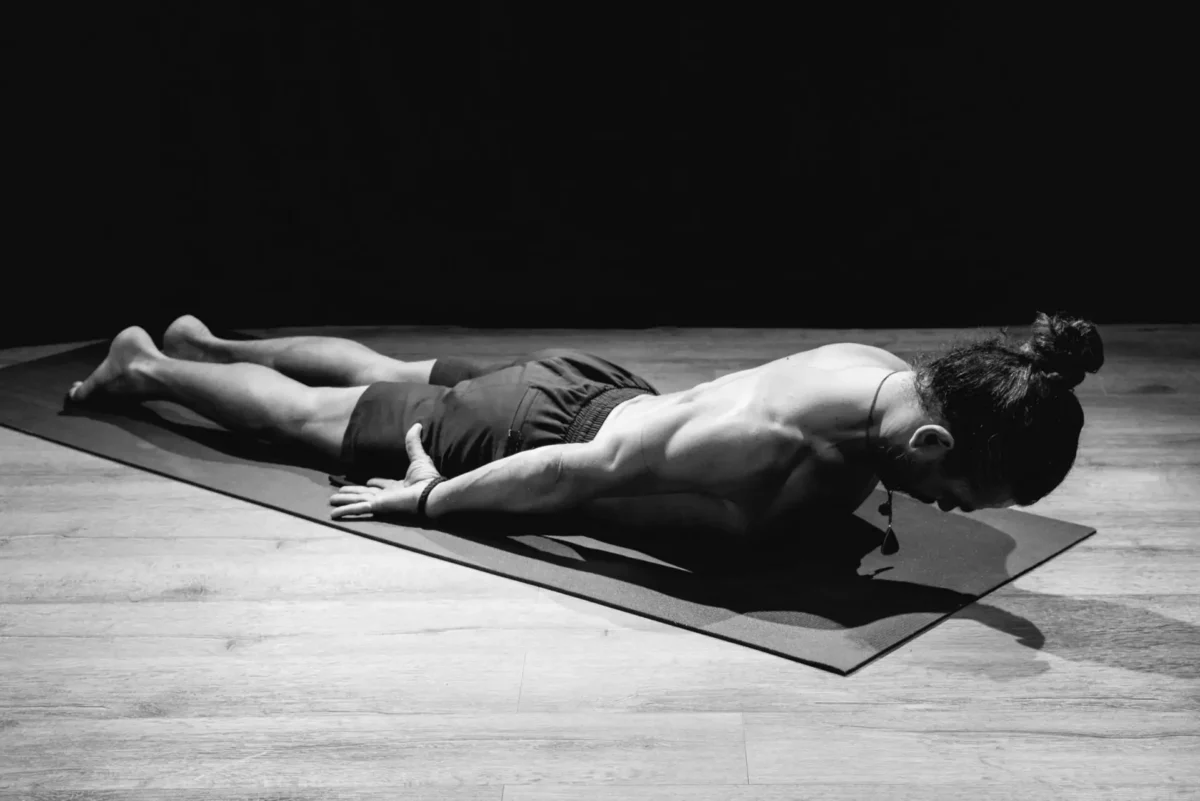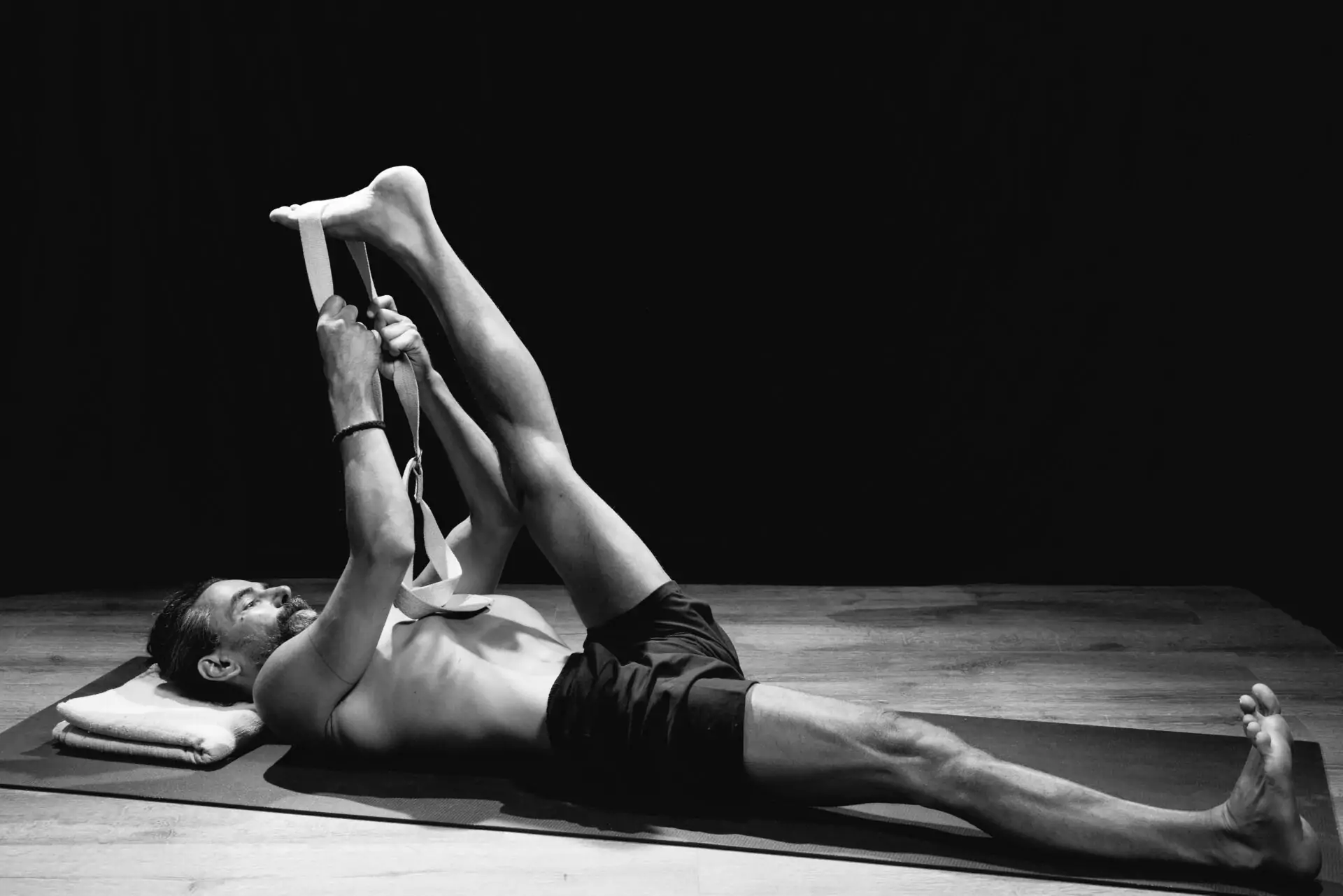Why Mukti yoga?
Until the very creation of Mukti yoga, I maintained a daily personal practice of yoga asanas, pranayama and meditation for 25 years.
During that period, I studied yoga a lot, learned from senior Teachers, spent two years in India, had my own yoga school, taught thousands of people and held regular workshops and retreats.
When someone does something for so long, it is inevitable that many experiences awaken in that person, to see what is good and what is not, what really works, what needs to be changed, etc. It was the same with me. This applies to any discipline, job or craft to which an individual has devoted himself wholeheartedly.
When it comes to the physical practice of yoga, regardless of the style of yoga that an individual practices, I have seen a large number of injuries.
They most often occur in the lumbar area of the spine. This is followed by the shoulder girdle and knees. Regardless of yoga, there are few people today who do not have pain or injury to this area of the spine. Whether from a sedentary lifestyle, sports, yoga itself or something else. I myself have experienced two injuries of the lumbar spine. They brought me a refined sensitivity to my own body and prompted me to study the anatomy of the human body in depth and apply this knowledge within the practice of yoga asanas.

Injuries in yoga are not talked about much. Many people wonder how this could have happened to them, because yoga heals. Yes, yoga really heals. However, it is a deep and layered science and you need to know how to practice, understand what suits the body and what does not, how to place the body in different positions and much more. It is the responsibility of a yoga teacher to acquire all this knowledge, apply it to themselves and then awaken it in all those who will learn from them.
How is it possible that there are so many injuries in yoga? This is a story in itself and it takes a lot of experience to understand this issue.
Many yoga systems are not focused on anatomically correct performance of postures. The lack of this component can be overcome in India. Their bodies are soft and less prone to injury. In addition, despite the fact that yoga originated in India, it is paradoxical that there are few yogis who practice the physical form of yoga at all. For many serious yogis I have spoken to, asanas are physical exercises that are good for the body, but they do not allow you to go deep into the Spirit. Their practices are something else entirely.
Most people in the West have a rigid body. If such a body practices yoga incorrectly and if it is approached as a sporting activity, it is a code that often does not lead to healing.
When I finally understood and admitted to myself all of this that I am writing about, the attachment to existing systems of physical yoga practice disappeared and it liberated me quite a bit. My mind was out of the equation and found itself in some kind of in-between space. At that moment, I did not know exactly what I would practice nor did I want to teach yoga until I found a solution.

Even though my main practice at that time was mantra meditation, I knew that my body needed yoga for the rest of my life. In addition, my injuries needed to be healed. I also felt a responsibility to provide others with an anatomically pure model of practice, which does not endanger the body in any way but brings deep healing on all levels.
Over the next few months, something that is now called Mukti yoga was born.
During those months, my body was the training ground through which the method was created and refined. Within that period, the body healed rapidly. Each practice brought an abundance of energy and awakened a deep peace.
Slowly, the time came for me to share this knowledge with others. When I began to pass on this knowledge, I saw that the practice really works. Everyone who tried it, after a short time of practice, wrote to me about a series of healings that had happened to them – from healing of the physical body, emotional purification and stability, awakening of inner strength and integrity, energetic grounding, to a calmer mind and a natural ability to be in the present moment. During the first two years, the knowledge was transmitted under the name Yoga School. After that, the method received its official name – Mukti yoga – which is still used today.
This is the sequence of events and reasons that led to the emergence of Mukti yoga.
When it comes to the physical practice of yoga, Mukti yoga is what I have been practicing and teaching for the past 5-6 years.
All those who want to try this practice can write to us at info@shivashaktitantra.com
We teach Mukti yoga live or online via Zoom.
More details about the method of practice and the internal components of this method can be read at Mukti yoga.

